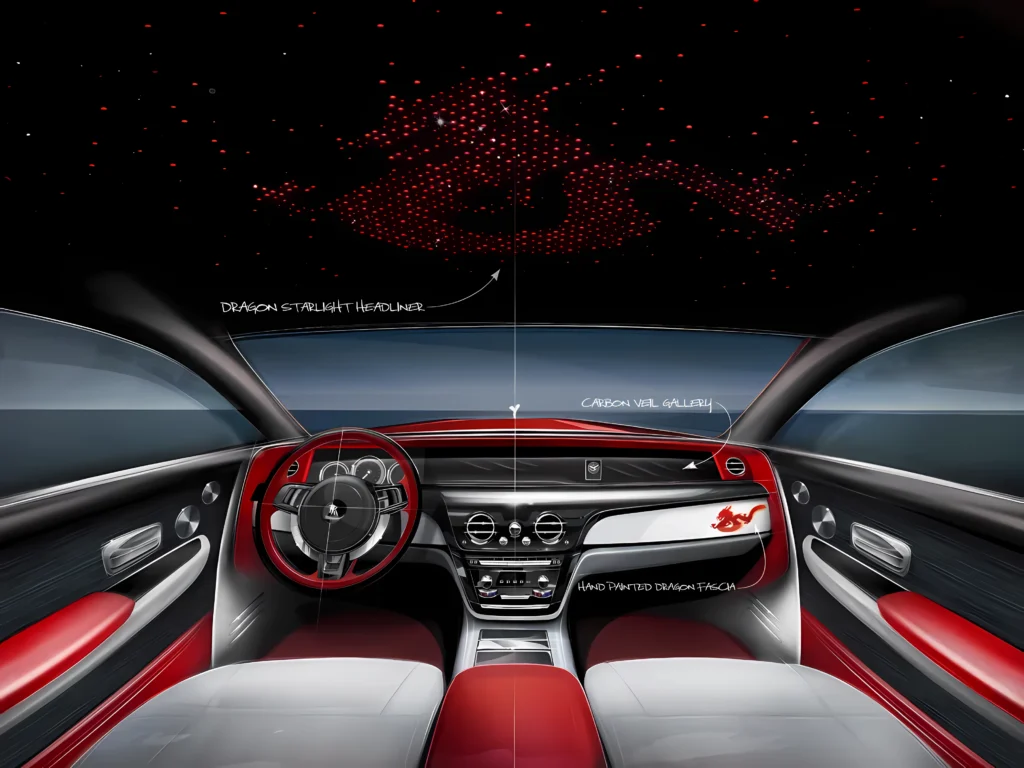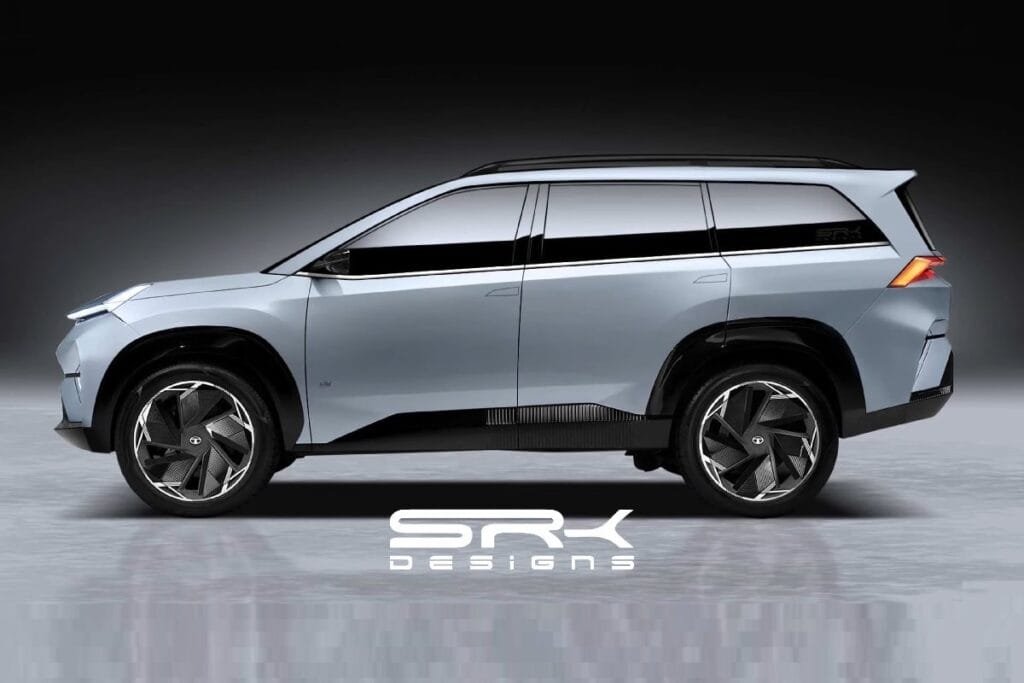As the world races toward decarbonization, the automotive industry finds itself at a crucial crossroads. While, Battery Electric Vehicles (BEVs) have become the face of the green mobility revolution, Hydrogen Fuel Cell Vehicles (FCEVs) remain in the wings, quietly gathering momentum.
Backed by major scientific breakthroughs, growing investments, and ambitious public policies, hydrogen cars are no longer just a futuristic concept. They are shaping up to be a viable and perhaps indispensable complement or even competitor to the battery-powered revolution. This shift in the green mobility narrative raises an essential question: how do these two technologies stack up against each other on the road and under the hood? To answer that, there’s a need to look at what powers them, how they work, and what they offer to drivers today and in the future.
Battery Electric vs Hydrogen Fuel Cell
Battery Electric Vehicles (BEVs) use large lithium-ion batteries to power electric motors. These batteries are charged via the grid, and the vehicles emit no tailpipe emissions. They have grown rapidly in popularity due to falling battery costs, improvements in range, and an expanding charging network.
Hydrogen Fuel Cell Vehicles (FCEVs), on the other hand, generate electricity through an electrochemical reaction between hydrogen and oxygen in a fuel cell, emitting only water vapor. Instead of storing electricity like a BEV, FCEVs produce it on demand, meaning they can be refueled in minutes and generally offer longer driving ranges. This unique refueling advantage, combined with extended range capabilities, makes FCEVs particularly appealing, but it’s the nature of hydrogen itself that truly defines their potential and limitations.
Hydrogen’s Allure and Challenges
Hydrogen is the most abundant element in the universe. When used as fuel, it produces zero tailpipe emissions, making it an attractive proposition in the fight against climate change. Additionally, hydrogen fuel cells are ideal for long-haul applications, including trucks, buses, and trains, where battery weight and range limitations become problematic.
Despite its advantages, hydrogen faces considerable challenges. First is infrastructure. Hydrogen refueling stations are scarce and expensive to build, with each station costing upwards of $1 million. In contrast, electric charging stations are easier to deploy and are already widespread in many countries.
Second is the cost of production. Most hydrogen today is produced from natural gas through a process called steam methane reforming, which emits significant CO2. Green hydrogen produced via electrolysis using renewable energy is far cleaner, but currently far more expensive. Until green hydrogen becomes cost-competitive, FCEVs risk undermining their environmental credentials.
Third is energy efficiency. When comparing well-to-wheel efficiency (from energy production to movement), BEVs are more efficient than hydrogen FCEVs. This means that more of the original energy ends up driving the car in a BEV than in an FCEV, where losses occur during hydrogen production, storage, transport, and conversion back to electricity.
Breakthroughs Changing the Game
Despite these challenges, several pivotal scientific advancements have emerged this year, addressing long-standing barriers to hydrogen vehicle growth. One of the most remarkable came from researchers at UCLA, who unveiled a new graphene-protected platinum catalyst that dramatically extends the fuel cell lifespan to over 200,000 hours. To put that into context, the U.S. Department of Energy’s 2050 target stands at 30,000 hours. This development marks a leap forward in durability, especially for long-haul and commercial applications, where reliability over extended periods is critical.
The design, which features ultrafine platinum nanoparticles embedded in graphene pockets and porous carbon, demonstrated less than 1.1% power loss after 90,000 voltage cycles. Traditional standards accept around 10% loss, making this a considerable improvement that could boost performance while reducing long-term costs and emissions from heavy-duty transport, a sector responsible for a disproportionate share of automotive greenhouse gases.
Another notable stride for FCEV came from the Tokyo University of Science, where researchers developed a new material called bis (diimino) palladium coordination nanosheets (PdDI). This material offers nearly the same efficiency as platinum but at a much lower cost. Palladium is far more abundant and less expensive than platinum, and using it in such a configuration reduces dependence on precious metals. The PdDI nanosheets displayed an overpotential of just 34 millivolts, nearly matching platinum’s 35 millivolts, and held strong performance in acidic environments for over 12 hours.
Sustainability has also taken a step forward, thanks to a new recycling method developed by the University of Leicester. Using ultrasonic sound waves, researchers were able to recover up to 92% of the platinum in used fuel cells. This innovation not only reduces the environmental impact of mining but also cuts the cost of new fuel cells by reusing one of their most expensive components.
Together, these breakthroughs are tackling the threefold challenge of cost, durability, and sustainability, factors that have hindered hydrogen cars from gaining broader acceptance.
Where Hydrogen Might Win
Hydrogen’s sweet spot may not be in passenger vehicles but in sectors where BEVs struggle. Heavy-duty transport, aviation, shipping, and industrial processes that require high-temperature heat are all areas where hydrogen could outshine batteries. For example, long-haul trucks powered by hydrogen can travel further and refuel faster than their battery-powered counterparts, minimizing downtime.
Countries like Japan and South Korea are betting heavily on hydrogen. Toyota and Hyundai have already released hydrogen-powered cars, the Mirai and Nexo, respectively, and are also pushing hydrogen buses and trucks. In Europe, Germany is investing in hydrogen-powered trains for routes where electrifying the railway isn’t feasible.
Rather than seeing hydrogen and batteries as competing technologies, some experts advocate for a complementary approach. Each technology has strengths suited to different use cases. In urban environments with short commutes and dense charging infrastructure, BEVs are ideal. In contrast, for rural areas, long-distance freight, and industrial transport, hydrogen might be more practical.
The energy transition is unlikely to be a one-size-fits-all scenario. Just as the world uses a mix of energy sources—solar, wind, hydro, nuclear—transport may also benefit from a diversified approach.
Environmental Considerations
While both BEVs and FCEVs offer tailpipe-zero emissions, a closer look at their full environmental footprint reveals complexities. Battery production, especially lithium mining, raises concerns about resource depletion and ecological damage. Meanwhile, hydrogen’s environmental merit depends heavily on how it’s produced. Blue hydrogen, produced from natural gas but with carbon capture and storage, is a step forward, but not emission-free. Only green hydrogen offers a truly clean solution, assuming the electricity used for electrolysis is also renewable.
Policy and Investment
Governments play a crucial role in shaping the future of hydrogen mobility. The European Union has outlined an ambitious hydrogen strategy, aiming to install at least 40 GW of renewable hydrogen electrolyzers by 2030. China’s hydrogen roadmap supports the development of fuel cell vehicles and plans to build hundreds of hydrogen refueling stations.
In the U.S., the story is quite different. The Trump Administration has signaled to cut $3.7bn in federal funding for major Biden-era clean energy demonstration projects, including over $330m in financial support for ExxonMobil’s clean hydrogen project in Baytown, Texas.
Up to 24 hydrogen and carbon capture projects had been previously backed by the Department of Energy’s (DOE) Office of Clean Energy Demonstrations (OCED), created under the 2021 Bipartisan Infrastructure Law to scale up emerging clean energy technologies. Government support is important, but the future of hydrogen mobility will ultimately depend on how well the technology performs and how quickly it can improve.
Technological Innovations and Market Trends
Technological advancements continue to improve the viability of hydrogen vehicles. Innovations in fuel cell durability, cost reduction, and on-board hydrogen storage are gradually overcoming past limitations. Startups and legacy automakers alike are investing in next-generation hydrogen tech. Meanwhile, partnerships between energy firms, car manufacturers, and governments are accelerating hydrogen’s rollout.
At the same time, battery technology isn’t standing still. Solid-state batteries, faster charging, and better energy density continue to strengthen BEVs’ dominance. The competition is healthy, driving innovation on both fronts. While these technological developments are promising, they are also raising new ethical and political questions that go beyond engineering and innovation.
The Ethical and Geopolitical Dimensions
Beyond technology and cost, hydrogen mobility raises deeper ethical and political questions. One of the key promises of hydrogen is its potential to reduce global reliance on oil-rich nations, helping to reshape the geopolitical balance in favor of energy diversification. Countries that currently depend on imported fossil fuels could instead produce hydrogen domestically using renewable energy, creating new forms of energy independence.
However, this shift could also create new dependencies. Green hydrogen production relies on critical materials like platinum, iridium, and rare earth elements used in electrolyzers and fuel cells. These resources are heavily concentrated in a few countries, raising concerns about supply chain control, trade imbalances, and potential geopolitical leverage, similar to the dynamics currently seen in oil markets or battery mineral supply chains.
There are also ethical concerns around how hydrogen is sourced. While green hydrogen is produced using clean energy, most hydrogen today still comes from fossil fuels through carbon-intensive processes. Promoting hydrogen as a clean solution without addressing the source risks may mislead consumers and undermine climate goals. In regions where environmental regulations are weak, large-scale hydrogen production could lead to water stress, land degradation, or displacement of communities, especially in countries with limited governance oversight.
As such, hydrogen is not a silver bullet, but it is a valuable piece of the clean energy puzzle. While BEVs are likely to dominate the passenger car market in the near term, hydrogen has strong potential in heavy transport and industrial sectors. As technology matures and green hydrogen scales up, its role could expand.
The road ahead involves continued innovation, investment, and a balanced policy framework. In the end, it’s not about hydrogen versus batteries, it’s about building a transportation ecosystem that’s clean, efficient, and resilient enough to meet the complex demands of a decarbonized future.









